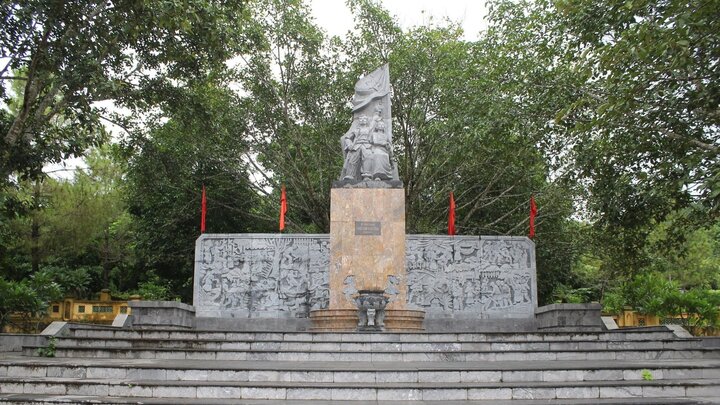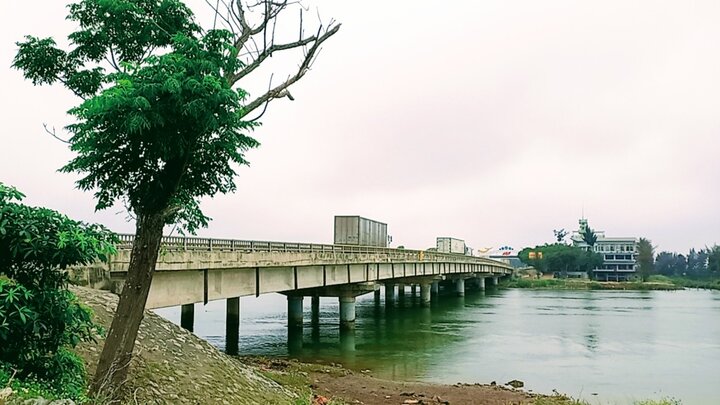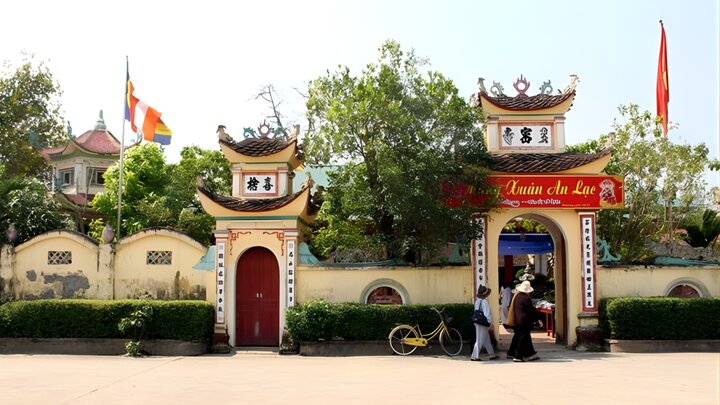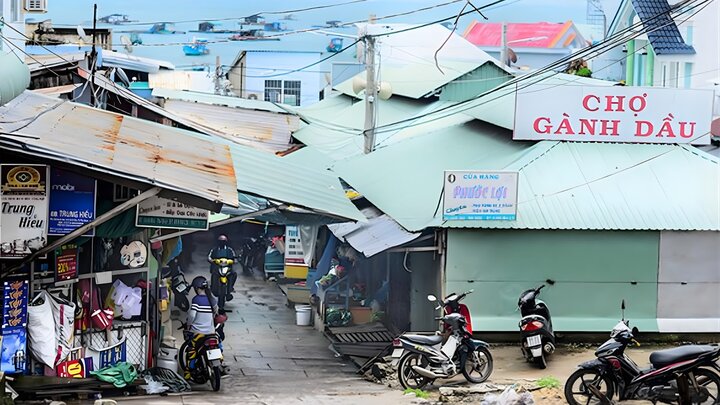1. Overview of Ba Dinh Zone Thanh Hoa
Ba Dinh Zone is located in Ba Dinh commune, Thanh Hoa province. This is the place that marked the glorious Ba Dinh Uprising (1886 – 1887) during the Can Vuong movement against the French colonialists in the late 19th century, led by leaders such as Dinh Cong Trang, Pham Banh, Tran Xuan Soan.
The name “Ba Dinh” originated from the establishment of the zone across three adjacent villages: My Khe, Thuong Tho, and Mau Thinh, which collectively responded to the resistance movement. The terrain here is mainly plains interspersed with low hills, surrounded by a river system and dense bamboo hedges, creating favorable conditions for defense, hiding, and long-term resistance organization. Thanks to these natural features, the Ba Dinh Zone Thanh Hoa became a solid military base, capable of strong defense and serving as a symbol of the indomitable spirit of the people of Thanh Hoa during the arduous years of resisting foreign invasion.
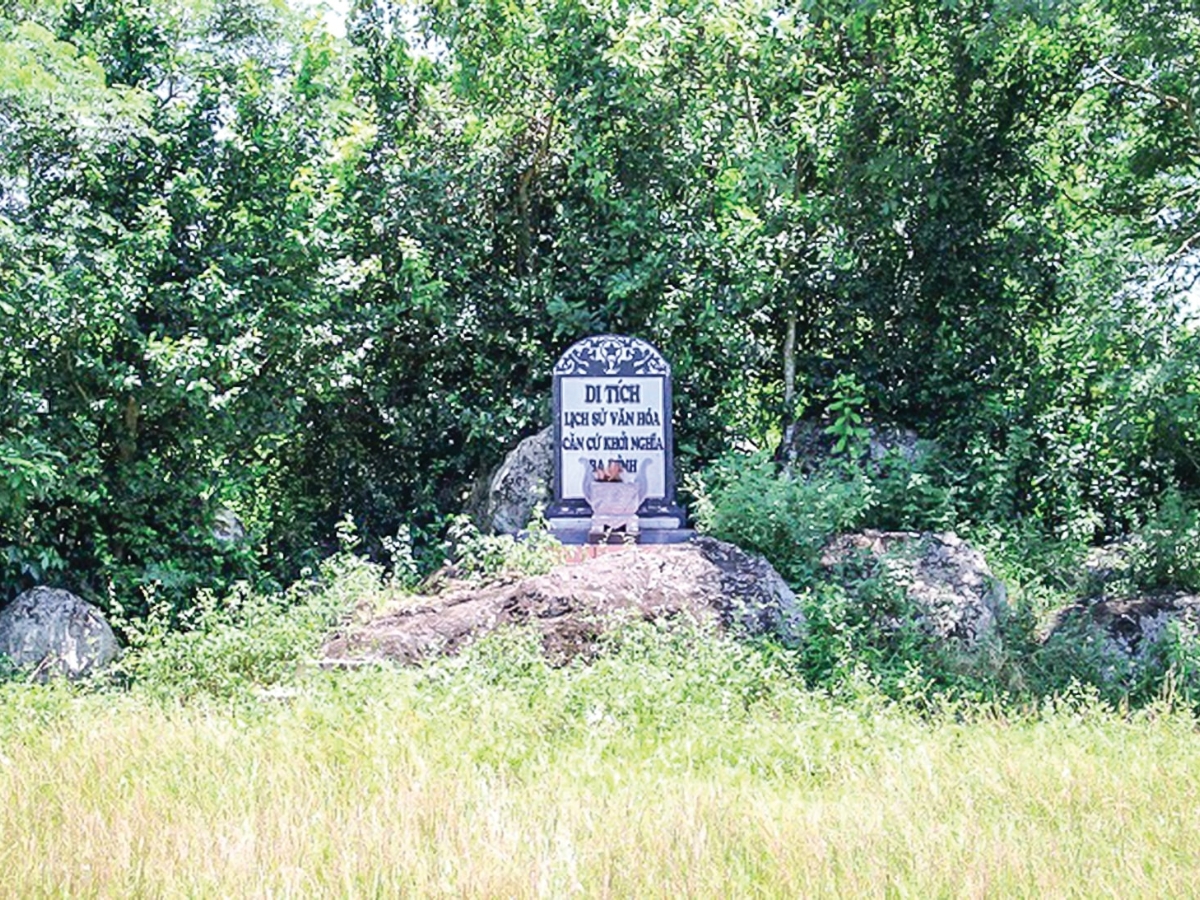
The Ba Dinh Resistance Zone is where the glorious Ba Dinh Uprising is marked. (Source: Collected)
2. History of Formation and Development of the Ba Dinh Uprising
2.1. Context of Base Establishment and the Can Vuong Movement
In the late 19th century, after the Nguyen Dynasty court signed the Patenôtre Treaty (1884), French colonialists had basically established their yoke of domination over the entire territory of Vietnam. The Can Vuong Movement, launched by King Ham Nghi in 1885, became the flame calling for the entire nation to rise up and save the country. Responding to the Can Vuong call, many uprisings broke out everywhere, including the Ba Dinh Uprising in Thanh Hoa. This was one of the most typical and organized movements.
The leaders Dinh Cong Trang, Pham Banh, Tran Xuan Soan, along with many patriots, chose the Ba Dinh area with its rugged terrain and united population as their resistance base. The base was solidly built, surrounded by moats and ramparts, and a tightly controlled defense system, becoming the center of the Can Vuong movement in North Central Vietnam.
2.2. Development of the Ba Dinh Uprising
The uprising officially broke out in late 1886. The insurgent army consisted of hundreds of patriots, organized into units with rudimentary weapons but a courageous fighting spirit. The Ba Dinh base was divided into three areas: the Upper Fort at Thuong Tho communal house, the Middle Fort at Mau Thinh communal house, and the Lower Fort at My Khe communal house, connected by underground tunnels and dense bamboo ramparts, forming an exceptionally strong defense system. For many consecutive months, the insurgent troops bravely resisted a series of large-scale attacks by the French army. Fierce battles, especially the sieges in late 1886 – early 1887, made Ba Dinh a symbol of strong will and indomitable spirit.
2.3. Results, Historical Significance, and Enduring Meaning
Although the Ba Dinh base was eventually lost due to the overwhelming disparity in forces, the uprising left a deep mark on the nation's history. The valiant fighting spirit of the Ba Dinh patriots became a symbol of patriotism, sparking a strong wave of struggle in subsequent anti-French movements. The Ba Dinh Resistance Zone in Thanh Hoa will forever be remembered as a golden page in history, a testament to the strength of unity, courage, and the Vietnamese people's eternal aspiration for independence and freedom.
3. Ba Dinh Resistance Zone in Thanh Hoa Today
3.1. Remaining Traces and National Heritage Value
Currently, the Ba Dinh Resistance Zone in Thanh Hoa has only one spot remaining, believed to be the former base, located right next to the campus of Ba Dinh Secondary School. This is where the few remaining traces of the former uprising base are preserved. This area was recognized as a National Historical and Cultural Relic in 1992, but it has not yet been specifically planned or restored to match its historical value.
In reality, the relic site is currently quite wild, overgrown with grass, and lacks a clear introduction or preservation system. Without the stone stele inscribed with the words "Historical and Cultural Relic of the Ba Dinh Uprising Base," it is difficult to recognize that this was once a glorious resistance zone in the Can Vuong movement. Within the relic site, there is also a stele house, but no stele is placed inside, making the space feel empty and lacking the necessary solemnity. This situation indicates that the relic needs timely investment, preservation, and restoration to preserve its historical value, educate future generations about patriotism, and evoke pride in the heroic land of Thanh Hoa.
3.2. Integration with Thanh Hoa's Tourism Ecosystem
Located in Ba Dinh commune, the Ba Dinh Resistance Zone in Thanh Hoa has a convenient advantage for connecting with many other famous tourist destinations in the province, forming a chain of journeys to explore the unique cultural and historical heritage of Thanh Hoa. From here, visitors can continue to visit Ho Citadel, a UNESCO World Heritage site, which preserves the unique stone architectural imprint of the Ho Dynasty in the early 15th century. Next is Song Son Temple, one of the most sacred Mother Goddess worship centers in the North, attracting a large number of pilgrims each year. A little further is Huyen Tich Am Tien, a large-scale spiritual tourism project, promising to become a prominent destination for Thanh Hoa tourism in the future.

Combine sightseeing and historical exploration at Ho Citadel. (Source: Collection)
Connecting the Ba Dinh historical area in Thanh Hoa with the province's spiritual cultural tourism ecosystem not only helps expand sightseeing routes but also creates opportunities to spread historical values and national pride.
4. Experience and notes when visiting the Ba Dinh historical area in Thanh Hoa
When visiting the Ba Dinh historical area in Thanh Hoa, visitors should prepare suitable clothing and items for a smooth and meaningful journey. The Nga Son area is located in a low-lying plain, with high humidity. Summers are usually hot and sunny, while winters are quite cold. Therefore, visitors should bring lightweight, breathable clothing in the summer, or a light jacket when traveling in the cold season.
A pair of sports shoes or soft-soled shoes will help you move easily on dirt paths and historical sites. Additionally, don't forget to bring a hat, sunglasses, a small umbrella, or sunscreen to protect your health when visiting outdoors. A camera, phone, and power bank are also useful items for capturing memorable moments.
Regarding etiquette, visitors should maintain a respectful attitude when visiting the Ba Dinh historical area in Thanh Hoa, avoiding loud talking, littering, or climbing on historical sites. The local people here are friendly and hospitable, so you can easily chat, ask for information, or hear historical stories from them.
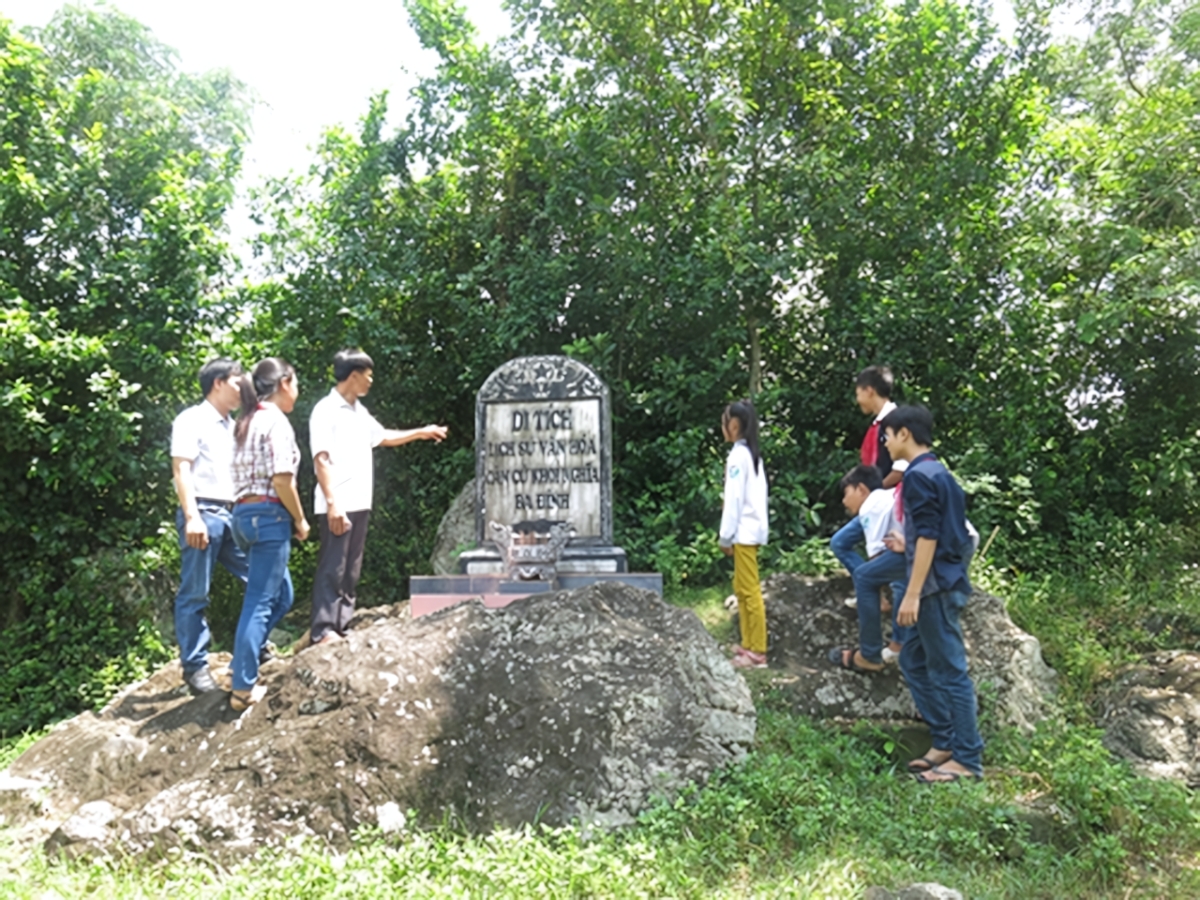
Combine sightseeing and historical exploration at Ho Citadel. (Source: Collection)
Ba Dinh Historical Area Thanh Hoa will forever be an immortal symbol of the patriotic spirit and indomitable will of the Vietnamese nation during the years of resistance against foreign invaders. After more than a century, although only old traces remain, this place still echoes with the heroic spirit of the people of Thanh Hoa who fell for the independence and freedom of the Fatherland. Amidst modern life, the Ba Dinh Historical Area is not only a historical relic but also a place that cultivates national pride and educates the current generation on revolutionary traditions. Visit the Ba Dinh Historical Area Thanh Hoa once to feel the echoes of history and the steadfast spirit that still resonates between the sky and earth of Thanh Hoa.


